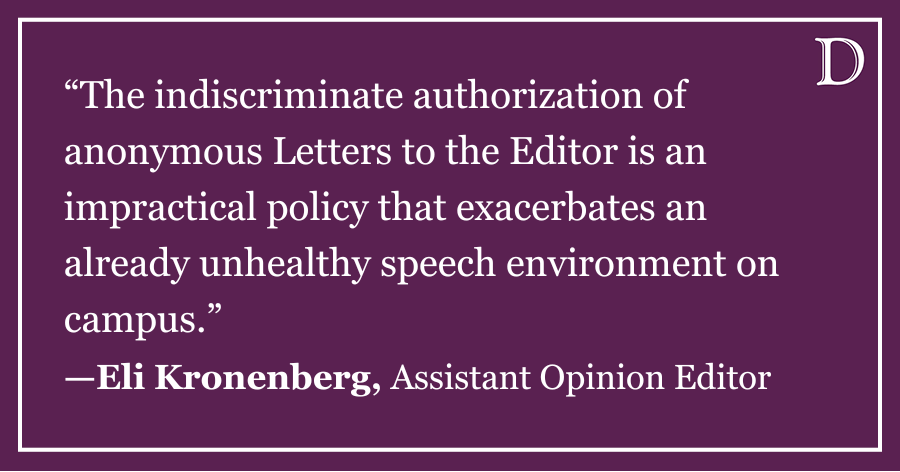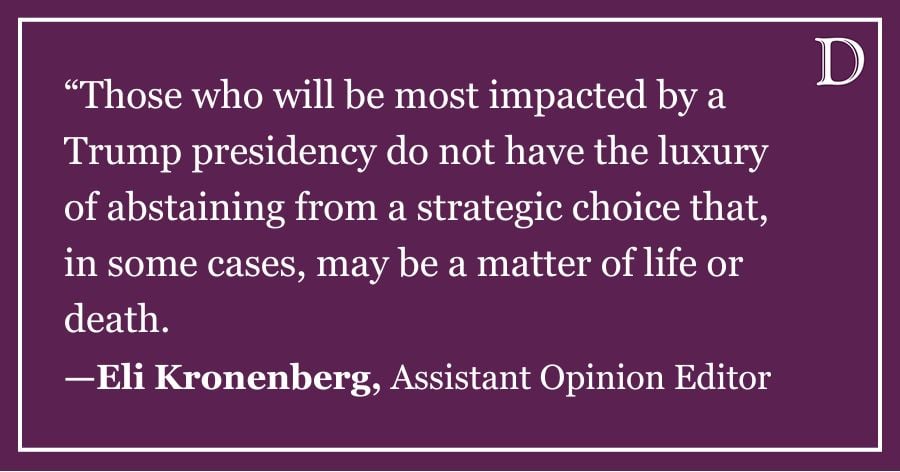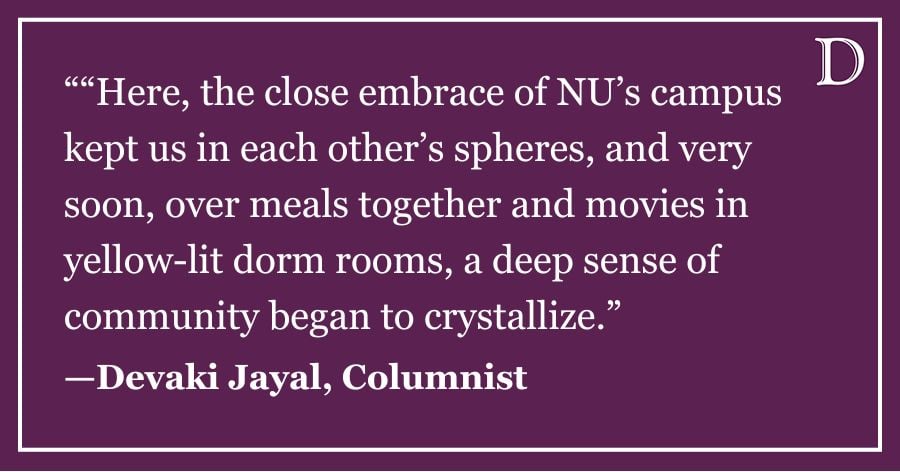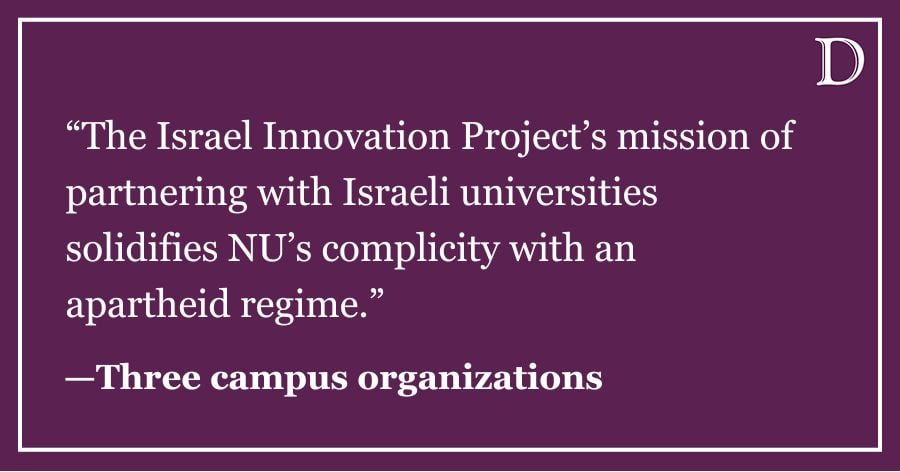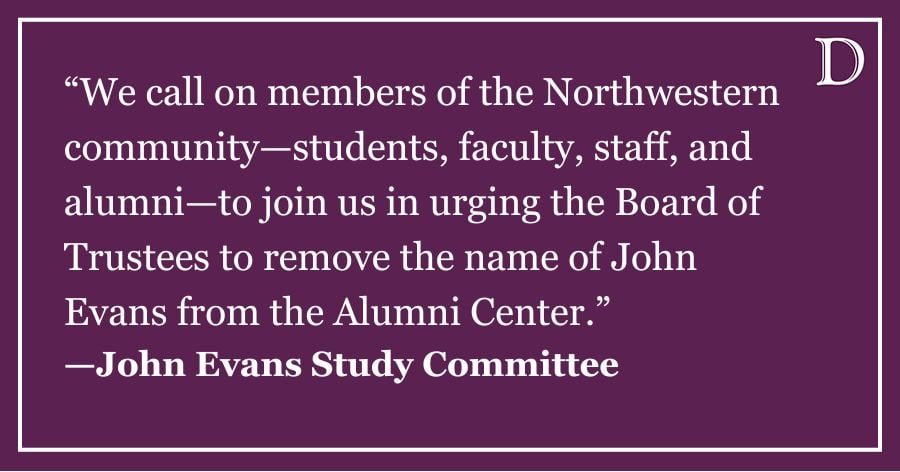A polar bear sits alone upon a chunk of melting arctic ice, looking mournfully at the rising ocean. This is the iconic image of global warming, the stirring visual with the purpose of driving the audience toward saving the environment from our misguided care. But this polar bear is the least of our concerns. In fact, though the entirety of the world’s ecosystem is threatened by climate change, we forget that there is one species that has the most to lose. There is one organism that, if it fails to adapt, may find its dominance on the planet beginning to slip. This threatened species is humanity itself, and if the trends of global warming continue, we may find ourselves struggling to maintain our very way of life.
We know climate change is actually happening, and it is probably due to human influences. Just last Friday, the United Nations climate panel, for the first time, endorsed an upper limit for greenhouse gas emissions. The scientific consensus is clear, and even though it is uncertain what the precise consequences will be in the future, they are likely to be for the worse. Many political efforts to curb global warming cite the impacts on life worldwide, entreating us to open our hearts to the plight of the stranded polar bear. But it is time we took a more selfish approach.
Naturally, it is difficult to predict what exactly will happen if greenhouse gas emissions continue to alter Earth’s atmosphere. If we do not implement the appropriate safeguards, we may just find ourselves living in what climatologists call a “no-analog world.” From the data scientists have collected on our planet’s past, we know that there has been no other time in Earth’s history when the environmental conditions matched our own. There have been times in history when the carbon dioxide levels have been comparable and other instances when the temperature patterns were similar, but never a planet like one we will soon find ourselves upon. This is important because our climate prediction models rely on how our planet has reacted to conditions in the past. And if we have nothing to compare our world to, we face a climate both unknown and potentially catastrophic.
But catastrophe is nothing new for life on Earth. Life itself is resilient, though individual species may be ephemeral. There have been five major mass extinctions in Earth’s history, the largest of which happened about 250 million years ago and killed more than 90 percent of species on earth. But life always seems to recover, and again the planet is soon teeming with new plants, animals and microscopic life, built upon the graves of those failed species.
As such, humans could become another short-lived species in Earth’s history. Like any animal crafted by evolution, we have adapted to our unique circumstances. We have built our civilizations around weather patterns, sea levels and seasonal fluctuations. All aspects of our society — including agriculture, transportation and industry — have been designed to properly function within the status quo of the world. As our global weather changes, it will not simply become uniformly warmer; there may also be increased precipitation and stronger storms in the presence of rising temperatures. But most importantly, the world’s climate may change in new, unexpected and potentially devastating ways. We have cities and countries built to withstand prolonged droughts or mass floods. But if these occur at higher frequencies or in areas unprepared for them, we may not be prepared to handle them. And like any species facing a change, we will either evolve or go extinct.
We need to act out of self-interest. The earth’s life is a marvelous and wonderful resource, and all aspects of our ecosystem deserve to be protected. Even excluding the effects of global warming, we are in the midst of another mass extinction event. Scientists predict that between 150 and 200 species go extinct each day, likely due to humanity’s relentless encroachment upon the environment. In some ways, life on the planet would likely benefit from humanity’s downfall. So if our goal is to protect the environment, we ought to be more concerned with humanity’s direct destruction of life rather than the indirect impact on the planet’s climate. But for our own survival, we must accept that global warming is almost certainly a disaster of our own creation, and, if we do nothing to atone for our errors, we are set to inherit our own punishment.
Sai Folmsbee is a Feinberg graduate student. He can be reached at [email protected]. If you would like to respond publicly to this column, send a letter to the editor to [email protected].




